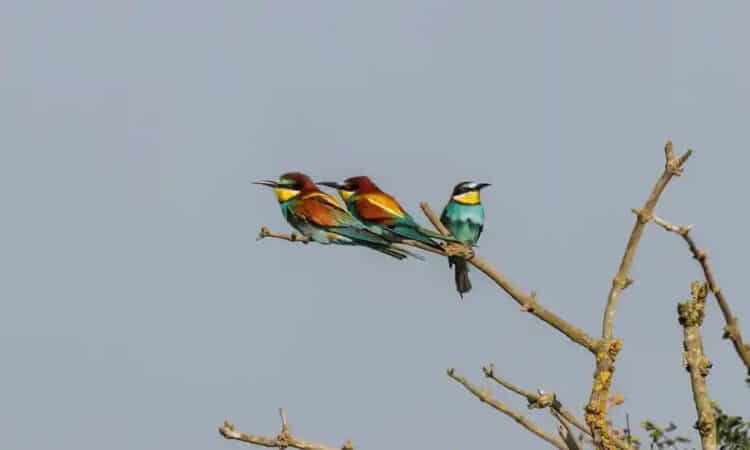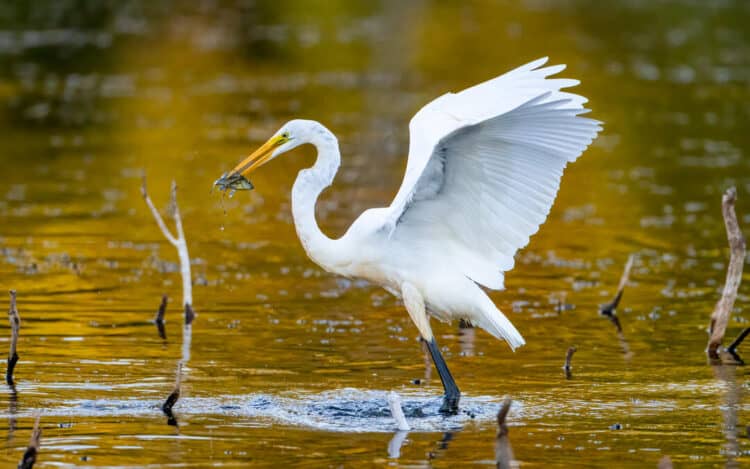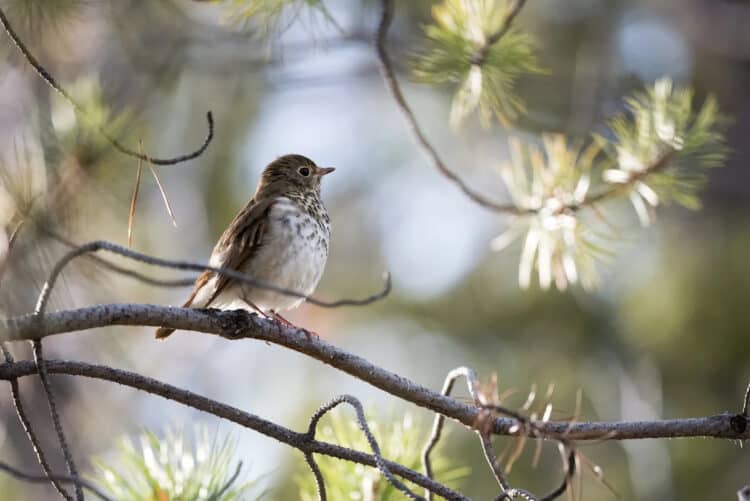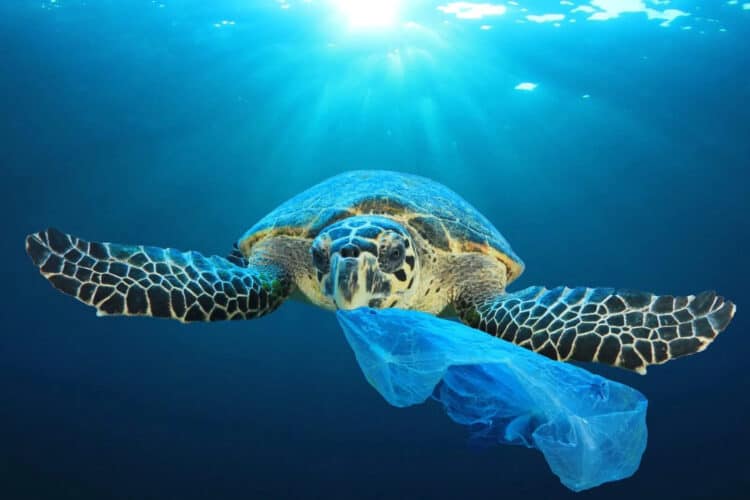It is certain to please British birders to learn that a group of European bee-eaters has appeared in Norfolk and appears to be settling down to breed.
However, the presence of these colorful birds has also raised some worries. Why? Because it is an undeniable indication that wildlife is being seriously impacted by the climate issue.
The bee-eater was a bird that we older birders only spotted while on vacation in the Mediterranean. However, due to rising temperatures during the previous few decades, their breeding habitat has moved around 1,000 km (620 miles) north. They currently build their nests in Poland, France, Germany, and Switzerland.
Three bee-eater pair nestled in a Sussex quarry in 1955. More than 1,000 people traveled from all across the nation to witness these strange birds as a result, igniting the first national “twitch”; nevertheless, in those days before the internet, many people learned of the event through postcard. For the remainder of the 20th century, there were no other attempts at breeding; however, since 2002, there have been no fewer than six.
This may appear to be good news, but it is also evidence that climate change is affecting western Europe. The last irony is that, as temperatures rise, experts predict a possible reduction in the population of huge flying insects, leaving these early birds without anything to feed their young.
This article by Stephen Moss was first published by The Guardian on 21 July 2022. Lead Image: The bee-eater was formerly seen only around the Mediterranean but is now nesting in northern Europe. Photograph: Anadolu Agency/Getty Images.
What you can do
Support ‘Fighting for Wildlife’ by donating as little as $1 – It only takes a minute. Thank you.
Fighting for Wildlife supports approved wildlife conservation organizations, which spend at least 80 percent of the money they raise on actual fieldwork, rather than administration and fundraising. When making a donation you can designate for which type of initiative it should be used – wildlife, oceans, forests or climate.







Leave a Reply